Top Survival Skills Inspired by Indigenous Tribes
For thousands of years, Indigenous tribes around the world have not only survived but thrived in some of the harshest environments on Earth—deserts, jungles, tundras, and forests. Their time-tested knowledge, passed down through generations, offers invaluable lessons for modern survivalists. From creating fire with nothing but sticks to building shelters with minimal tools, these skills are practical, sustainable, and deeply connected to nature. In this guide, we’ll explore the top survival skills inspired by Indigenous tribes and show you how to apply them in your own adventures.
Why Indigenous Knowledge is Crucial for Survival
Indigenous survival techniques aren’t just random tricks—they’re a way of life, refined over centuries. Here’s why they’re so powerful:
In a world full of gadgets, Indigenous wisdom proves that simplicity and resourcefulness are the keys to survival.
1. Fire–Making with Friction and Natural Materials
Fire is the heartbeat of survival—warmth, cooking, and safety all depend on it. Indigenous tribes have mastered the art of making fire without matches or lighters.
Techniques Used:
Key Takeaway: Learn the woods in your area—soft, dry ones are ideal for friction fire. Practice makes perfect, so don’t give up if your first try fails!
2. Shelter Construction with Minimal Tools
A good shelter protects you from rain, wind, and cold. Indigenous tribes build them fast and smart, using whatever’s around.
Structures Used:
Survival Lesson: Pick a spot near resources (water, wood) but safe from hazards like floods or falling trees. Use what’s abundant—leaves, bark, or snow—to stay dry and warm.
3. Tracking and Hunting Techniques
Indigenous hunters don’t just find food—they read the land like a book. These skills turn you into a predator, not prey.
Skills Passed Down:
Tools Used:
Key Tip: Patience is everything. Watch, wait, and strike only when the time’s right.
4. Water Location and Purification
You can’t live without water, and Indigenous tribes know how to find and clean it—even in the toughest places.
Knowledge Sources:
Natural Filtration Techniques:
Pro Tip: Always purify water before drinking—boil it, filter it, or use tablets to stay safe.
5. Natural Medicine and Healing Plants
When you’re hurt or sick in the wild, Indigenous knowledge turns plants into medicine.
Examples:
Important Note: Wild plants can be dangerous if you pick the wrong one. Study with local experts or reliable guides before trying anything.
Starter Tip: Begin with something safe like dandelion—it’s edible and easy to find.
6. Basketry, Containers, and Tools
Indigenous tribes prove you don’t need a store to get supplies—just creativity and the land.
Innovations:
Skill Focus:
Challenge: Try weaving a small basket from grass or bark. It’s tricky but incredibly useful.
7. Seasonal and Migratory Survival Strategies
Indigenous tribes don’t just react to nature—they plan with it.
Cultural Practices:
Key Insight: Adapt to the calendar of nature, and you’ll always be prepared.
Frequently Asked Questions (FAQs)
1. Can I learn Indigenous survival skills today?
Yes! Workshops, books, documentaries, and respectful connections with Indigenous teachers make it possible. Start with your local tribes’ traditions.
2. Are Indigenous survival techniques practical in modern settings?
Absolutely—they’re eco-friendly, affordable, and work anywhere. Fire-making, shelter-building, and plant knowledge don’t need Wi-Fi!
3. What’s the most important Indigenous survival skill to learn first?
Fire-making and shelter construction are the backbone of survival. Nail these, and you’ve got a solid start.
Conclusion
Indigenous tribes offer a treasure trove of survival wisdom—skills that are sustainable, effective, and proven by history. Whether you’re lost in the wild or just want to connect with nature, these techniques can keep you alive and thriving. Pick one skill, practice it, and let the land teach you the rest.
🌿 Which Indigenous survival skill would you like to learn first? Share your thoughts in the comments below!



